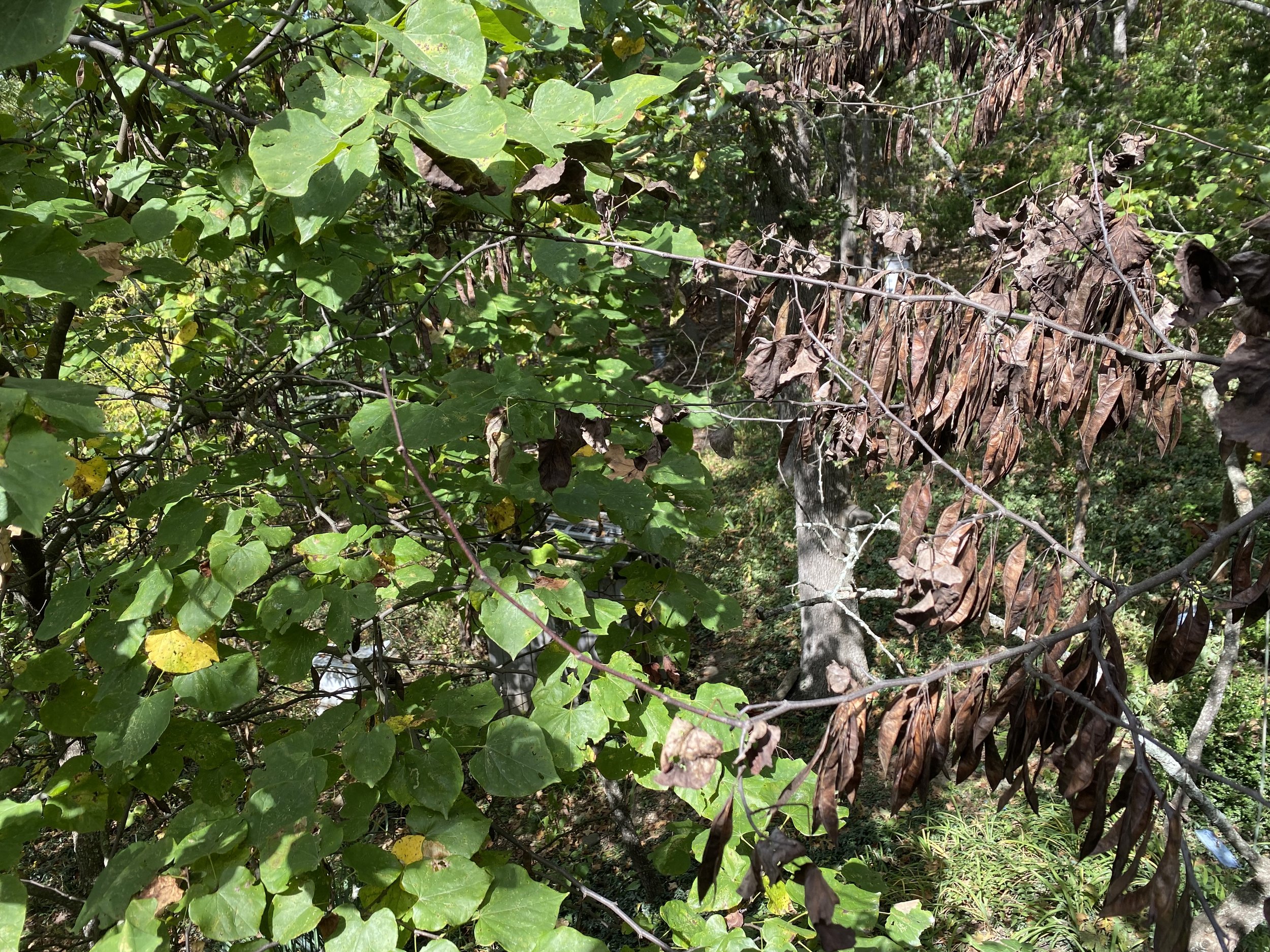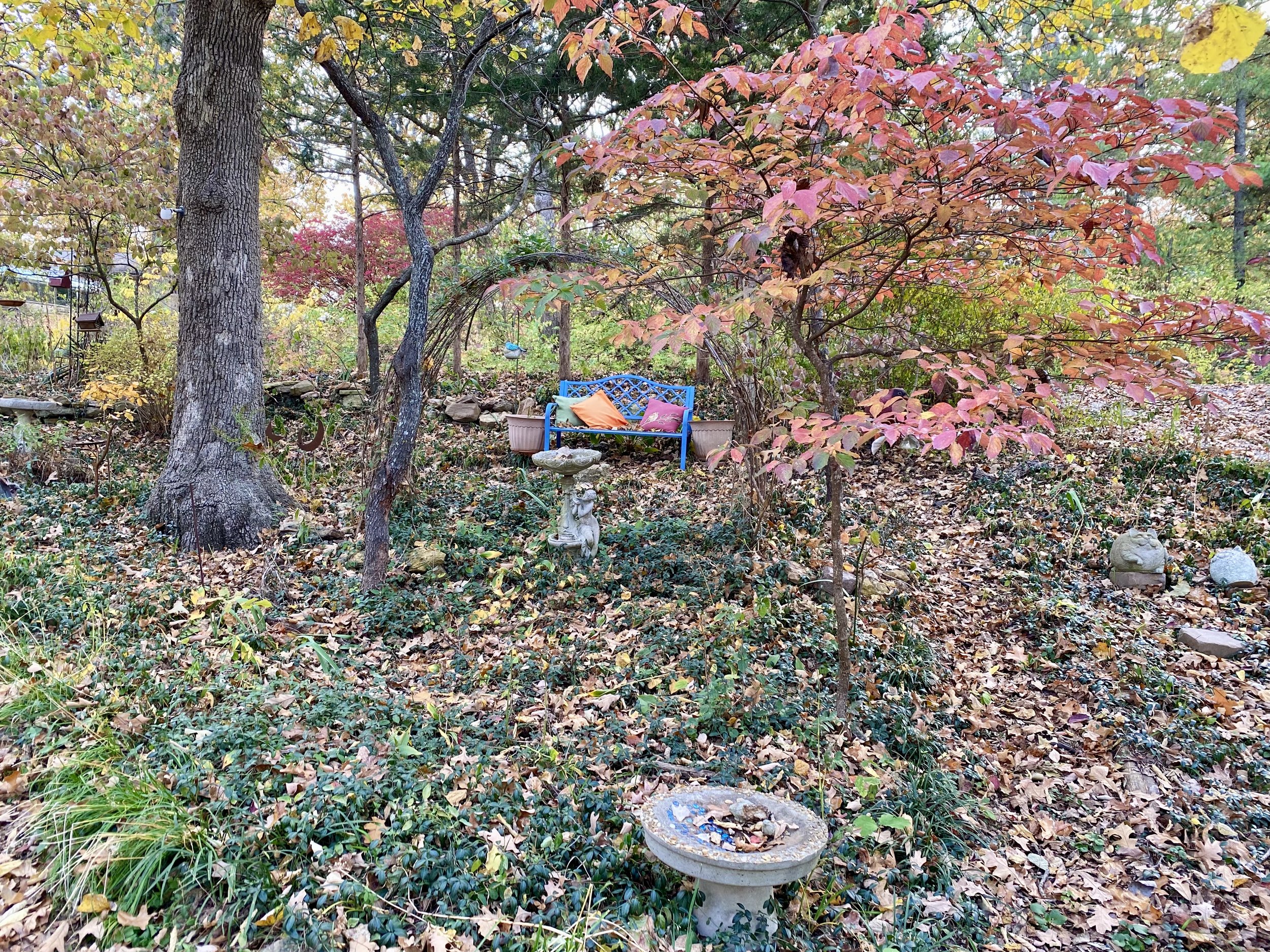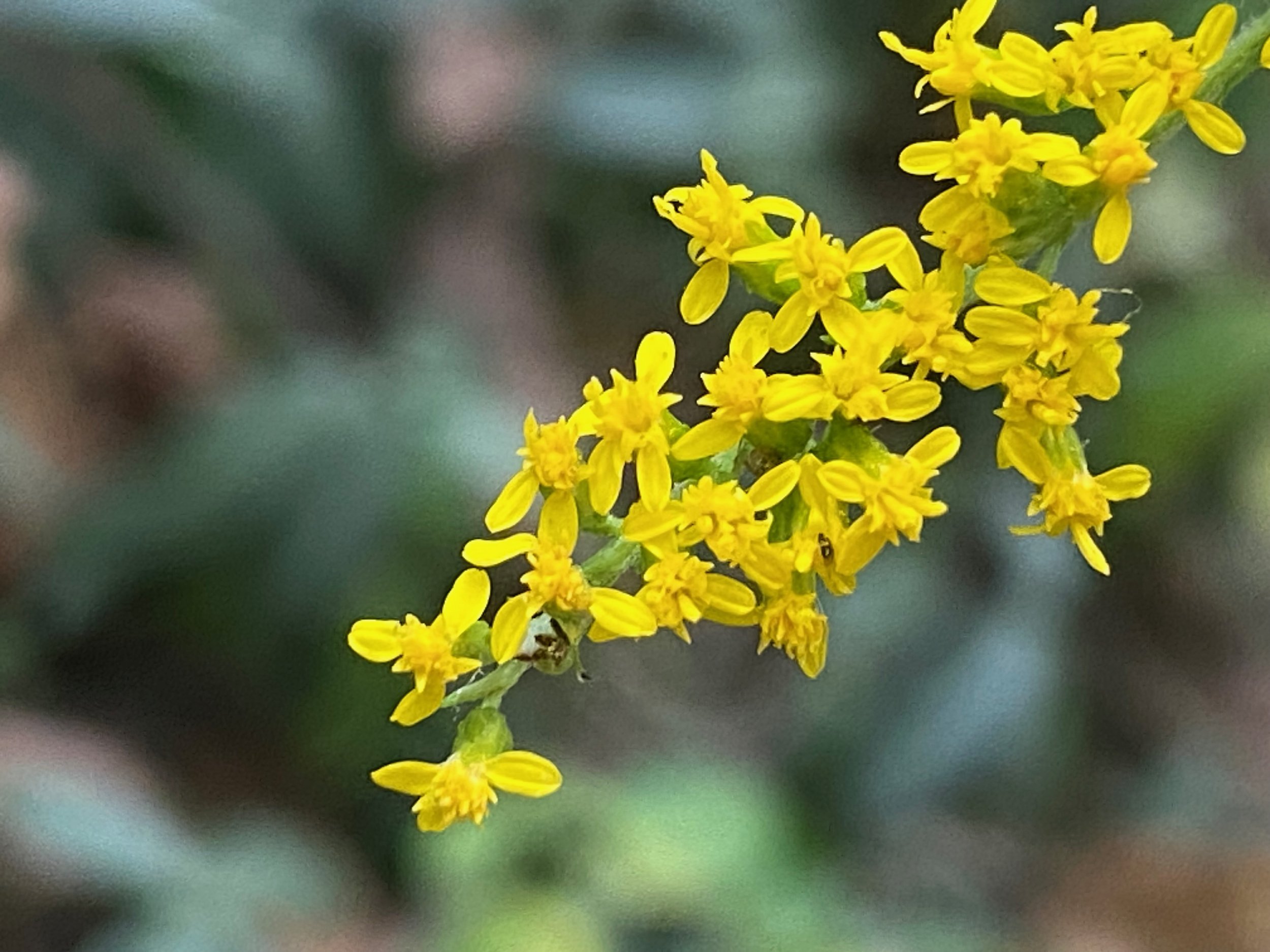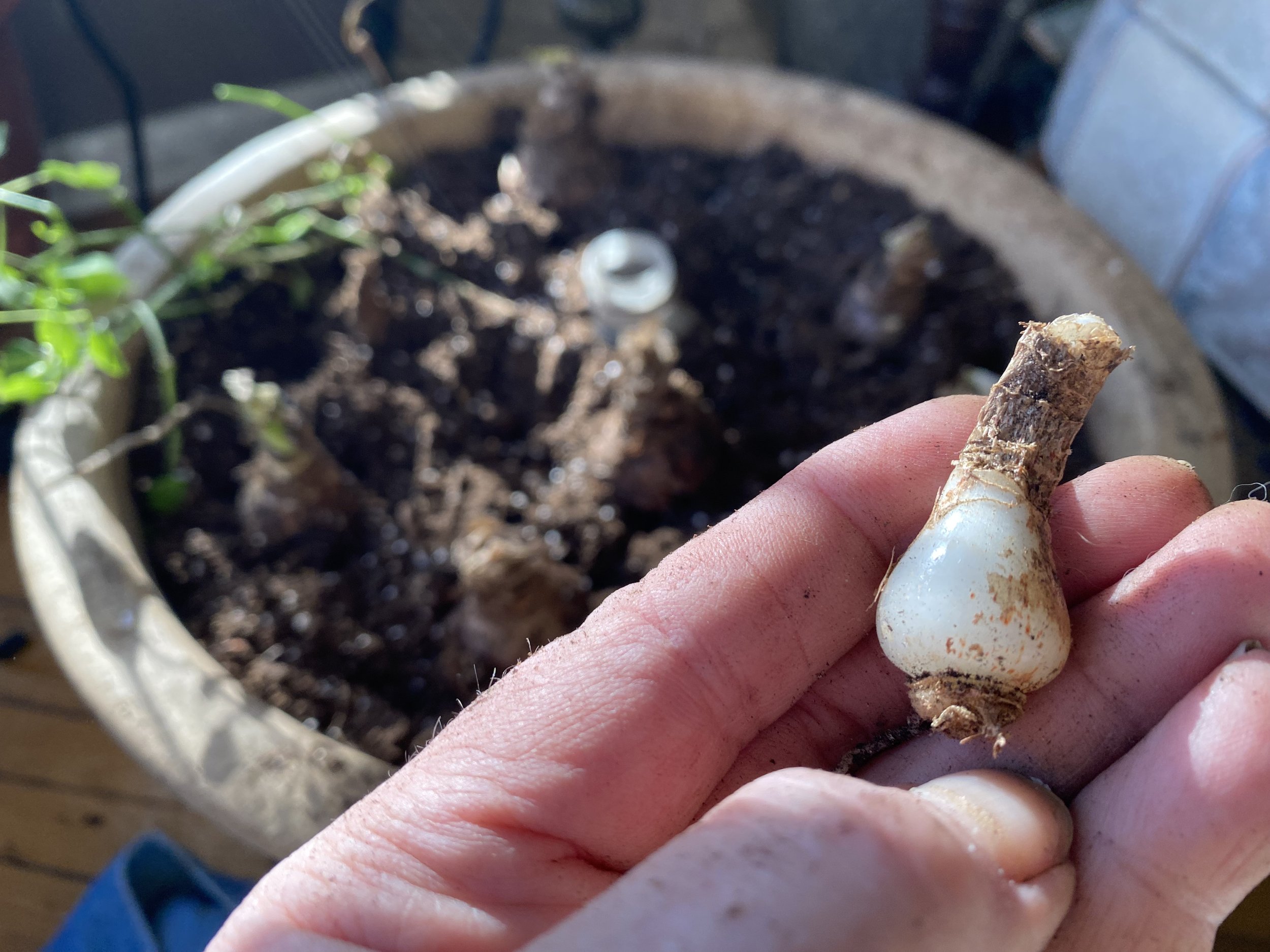Water Dogwoods
/One of the dogwood trees in my center island is starting to show red fruit. (Photo by Charlotte Ekker Wiggins)
Water Dogwoods
Record hot summer temperatures are back in mid-Missouri, even though it’s the beginning of September. We sometimes have hot weather in USDA Hardiness zone 5b/6a this time of year. In the past, though, it was a continuation of August hot temperatures. Now temperatures fluctuate from week to week, sometimes as much as 20 degrees from one week to the next.
As temperatures climb into the high 90s, it’s important to make sure one of my favorite tree roots are protected and hydrated. Flowering dogwoods are understory trees, which means they like shade and cooler growing conditions under the taller, towering trees such as oaks and hickory.
Although they are Missouri’s state tree, they are not easy to plant and grow. Even George O. White Nursery, which sells flowering dogwood seedlings, warns buyers that 40% may not make it.
Gardening on my limestone hillside is a test of patience. It can take trees many years to get their roots established, then a few more years before they find enough nutrition to power their growth.
This dogwood tree, which sits in my center driveway island, had been 2-feet high for more than a decade. I staked it to make sure I wasn’t stepping on it and even moved my garden path to protect it. In the last three years, it has had a nice growth spurt and is now is taller than I am.
Here is how this flowering dogwood looked this past spring:
Here is the same dogwood earlier this spring. (Photo by Charlotte Ekker Wiggins)
To make sure the flowering dogwood trees can survive the fluctuating record hot temperatures, I am adding a bed of twigs over the base covered in dry leaves. Once watered so the twigs and leaves hold in the moisture, I cover the twigs and leaves with mulch from our local gardening center that has wintered over in my garden.
By waiting a year to use it, the mulch is safe to spread on the garden.
Adding leaves, twigs and mulch are critical to keep dogwoods happy. (Photo by Charlotte Ekker Wiggins)
The mulch topping will then keep the moisture in and help keep the dogwood roots from feeling the fluctuating temperatures.
Leaves will also help keep the soil on the acid side, which dogwoods prefer.
Here’s the same dogwood tree nicely mulched in spring. (Photo by Charlotte Ekker Wiggins)
Years ago, our rural community had a lovely residential neighborhood well known for its spring flowering dogwoods. The flowering dogwood trees were so thick, it almost looked like the trees were snow-covered.
I don’t visit the area much but someone who lives there recently told me most of the dogwoods have died. In their zeal to keep their lawns perfectly manicured, the residents removed the much-needed leaf and tree debris cover that kept the dogwoods hydrated.
They would have been better off leaving the twigs and leaves on the ground around the dogwoods. They would have kept the roots hydrated; it would have been less trouble to the homeowners and ensured that the flowering dogwoods would have survived.
Charlotte















